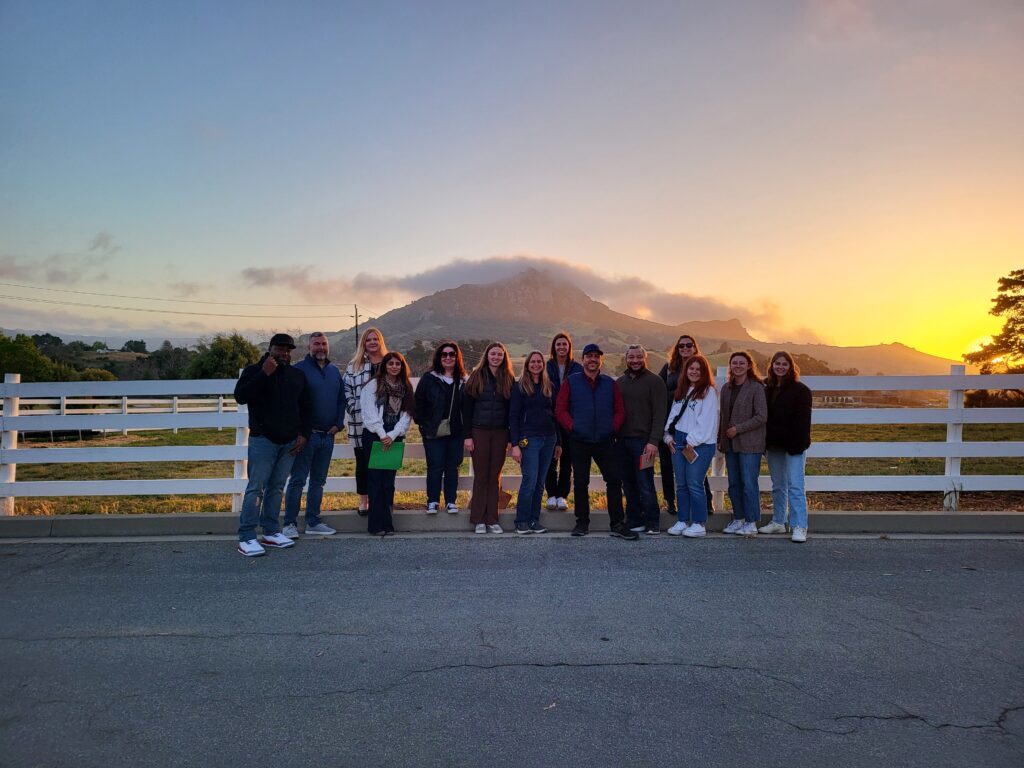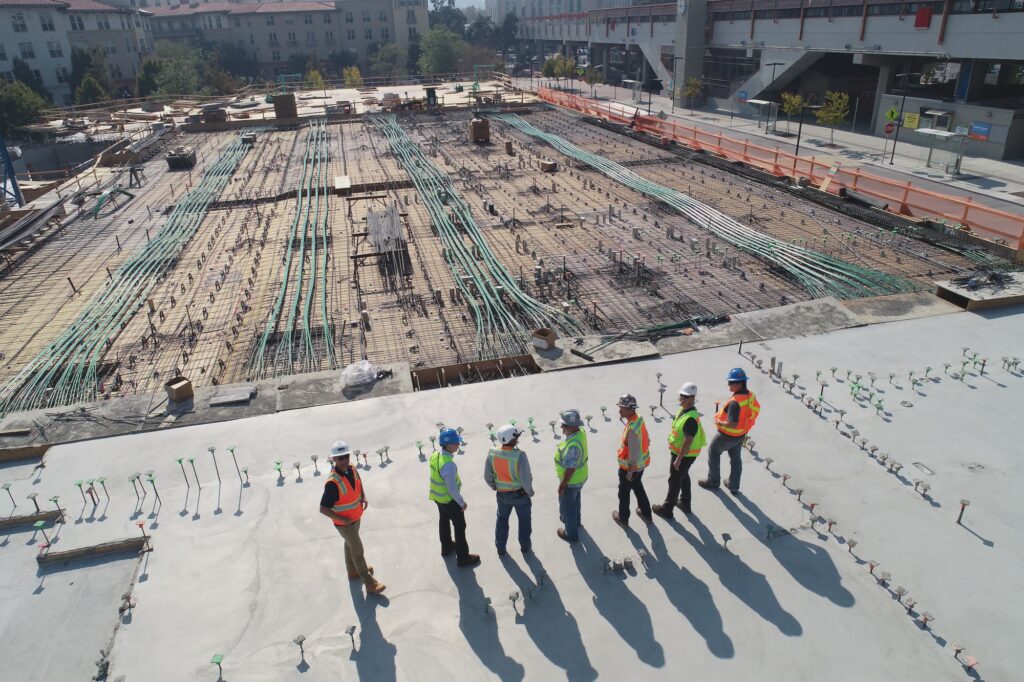What is typically a one-day meeting a few times a year for the ISEA High Visibility Product Group, last month was a two-day experience packed with industry updates, live experiments, product testing, and research and development with students focused on safety.
The group met on May 11 in San Luis Obispo, CA, led by Chair Sandra Hanna of Kishigo, to discuss the upcoming revision of ANSI/ISEA 107, scheduled for publication in 2025. Various working groups reported on topics such as PPE equity and sizing, alternate background colors, labeling, and active lighting.

Later that evening, at dusk, the group met along an empty road on campus at California Polytechnic State University, also known as Cal Poly. With the assistance of faculty and students from the Construction Management program in the College of Architecture and Environmental Design, ISEA’s Active Lighting Working Group tested vests they had mocked up.
“Active lighting vests are not currently in the standard,” said ISEA’s Diana Jones. “This demonstration allowed our members to test vests with LED lighting and photoluminescence strips, at dusk and after sundown, and observe them from various distances on the road.”
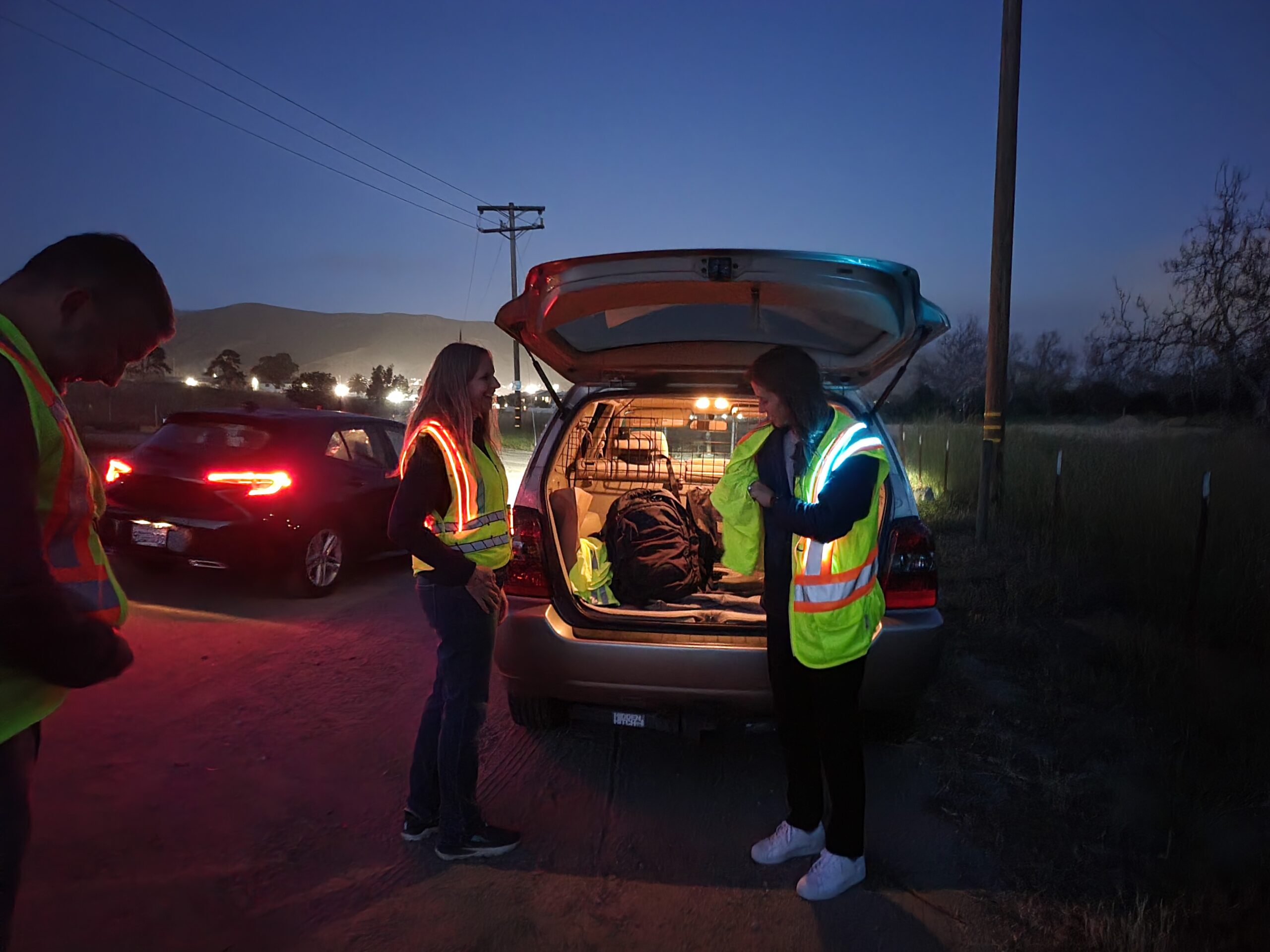
The following day, product group members spent the morning with students at Cal Poly, discussing results of the V.E.S.T. Hackathon. Hosted at the college, this two-day event brought industry members, students, and faculty together to redesign the safety vest so it better considers the needs of the construction community’s increasingly diverse workforce. The event also highlighted student research, provided guidelines for vests, and created a collaborative space for industry members to work alongside students to develop better, safer, functional, and appropriate safety vests.
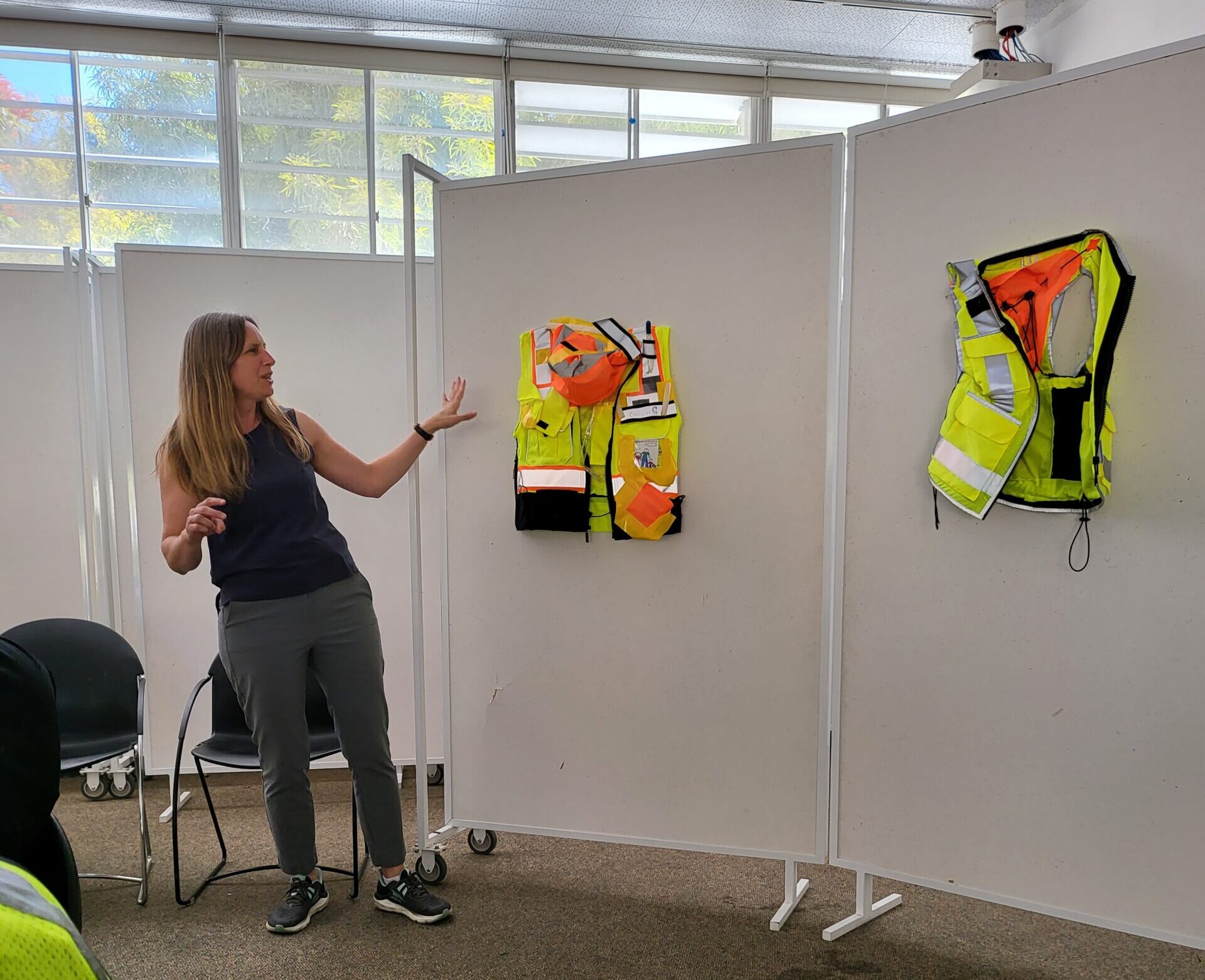
Students displayed their “hacked” safety vests, highlighting features for women, specific roles on the construction site, and other attributes they considered necessary or beneficial.
“Each of the students had experience in the field, having recently held internships with construction firms,” said Jones. “They want their work gear to be comfortable and functional, so they created something they could wear and that would work for them.”
Jones added, “Product group members listened to their ideas and addressed their concerns. Their suggestions were fresh, and the feedback from today’s young and rising safety professionals makes for excellent research and development.”
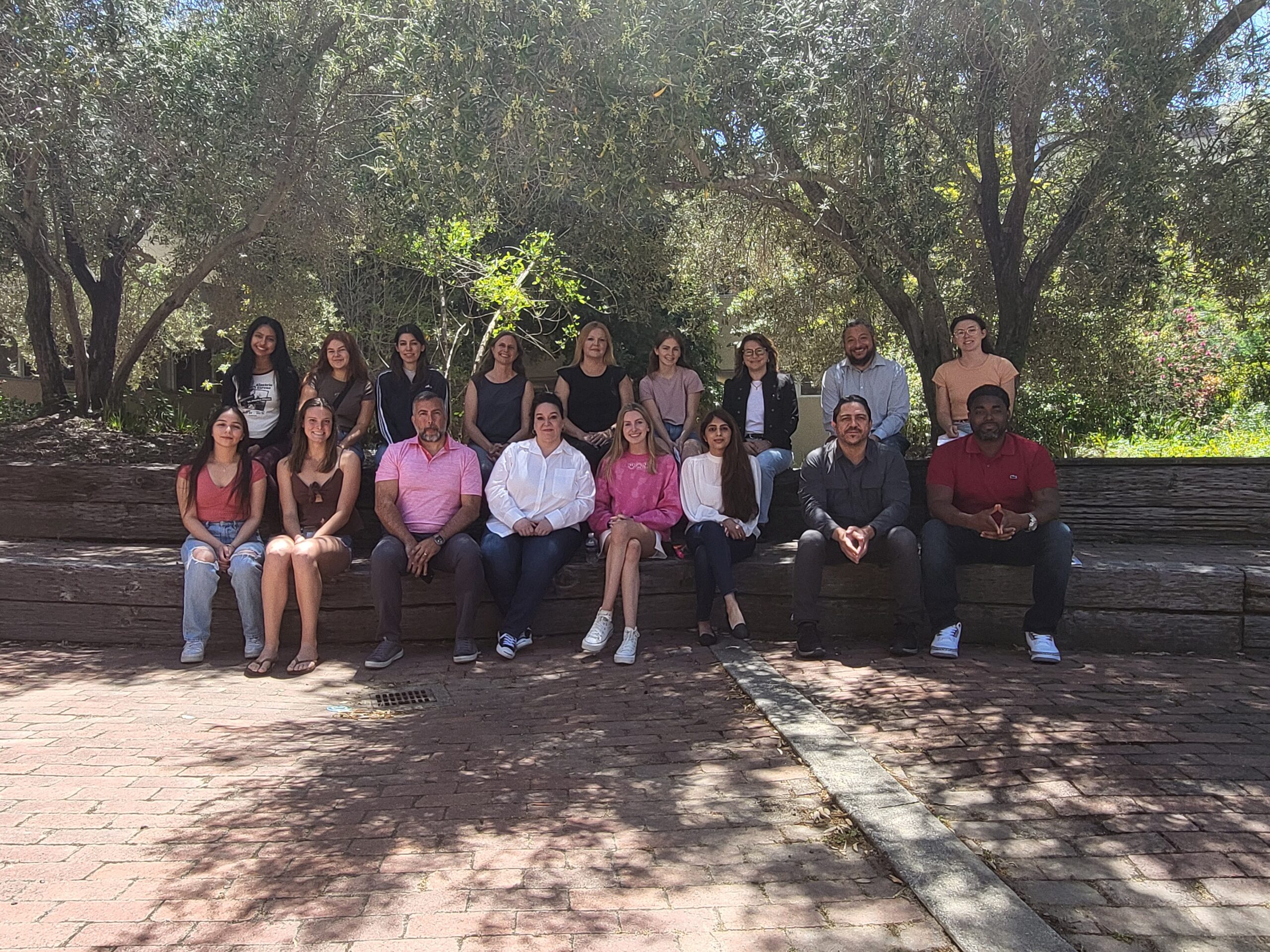
The HiViz Product Group concluded its quarterly meeting with a path for standard updates, new innovative ideas, the satisfaction of having shaped young minds, and strong contacts at a technical college that welcomes research ideas and experience from the field.
